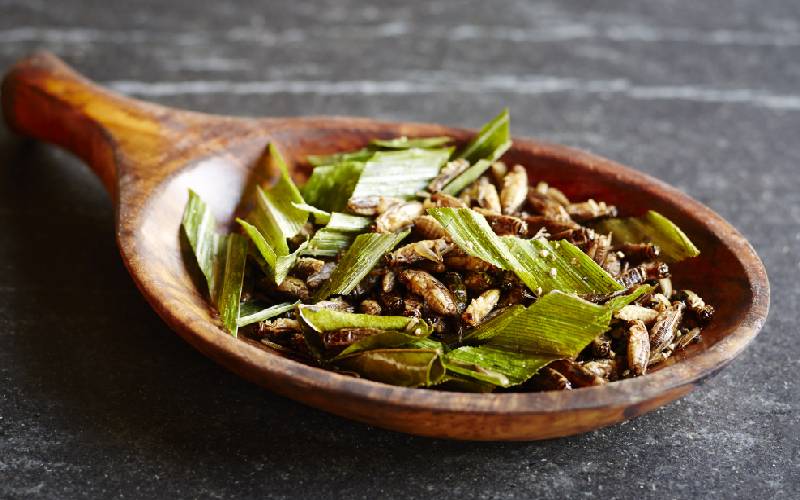×
The Standard e-Paper
Kenya's Bold Newspaper

Forget beans and eggs for your daily fix of protein or carrots and spinach for the much-needed vitamins. Scientists have identified 1,900 species of insects it says are rich in protein and vitamins and, therefore, good for human consumption.